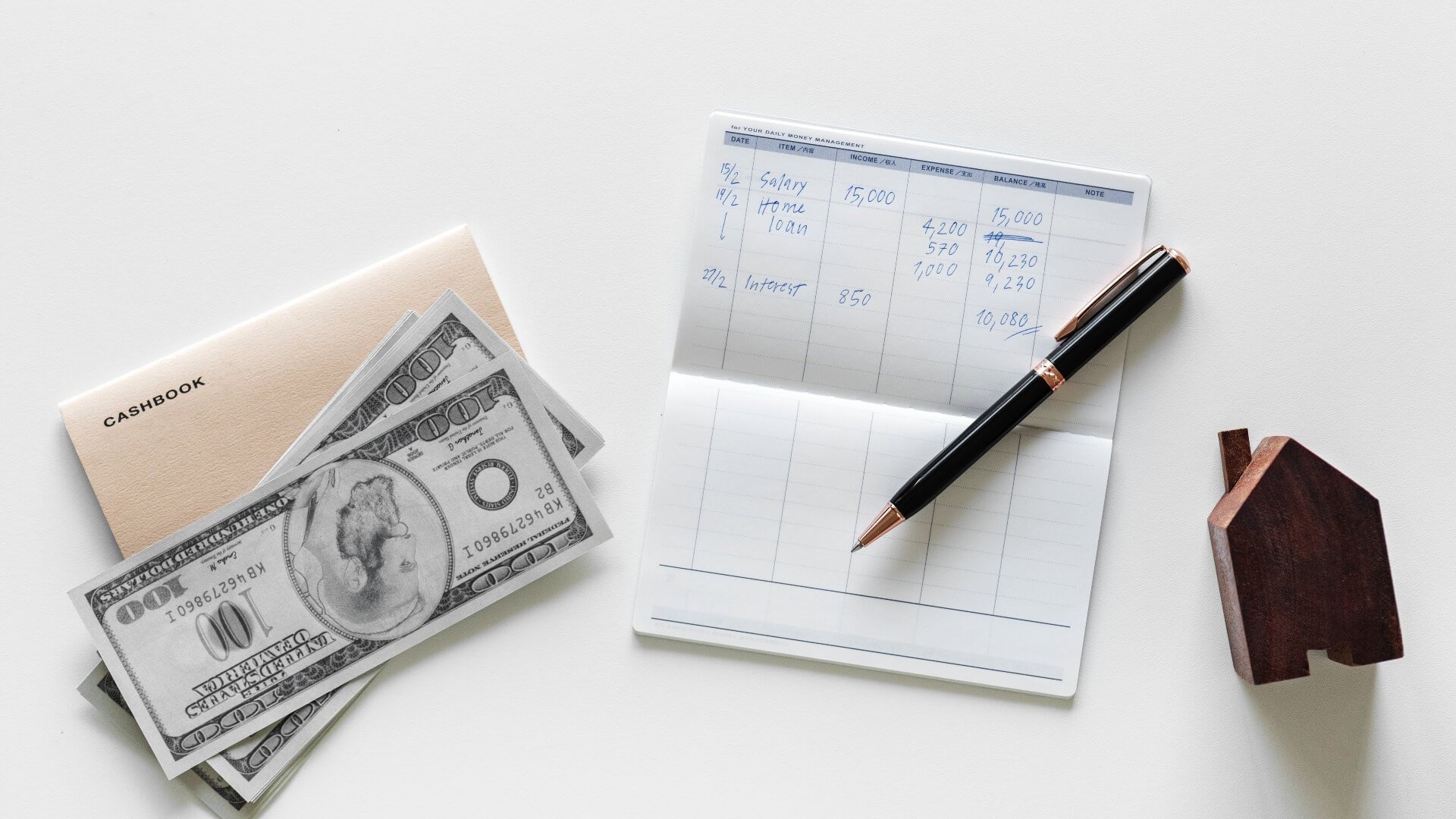Think you need to have a sizable down payment to get a residence? Guess once again. According to Freddie Macintosh, four away from 10 current homebuyers are actually bring in down payments of lower than 10 per-cent.
With home loan credit report continuing to be limited, especially for prospective buyers with weak credit scores, many customers instantly presume that deposit requirements are actually mosting likely to be stiff also. However down payment demands have eased notably over the past 3 years after tightening up in the after-effects of the accident.
3 to 5 percent down is doable
Also at the height of the recession, there were still low-down repayment options readily available to buyers that might obtain finances. The FHA has actually certainly never wavered coming from backing loans along with as low as 3.5 per-cent down, while the VA continued to supply no-money down loans to experts as well as active-duty army personnel right through the worst of the economic slump and does so to present.
In today times, security deposit requirements for regular mortgage loans are alleviating too. Each Fannie Mae as well as Freddie Mac routinely approve financings with deposits in the 5-10 per-cent variety, while Fannie Mae’s “Regular 97” plan permits shoppers to obtain a home mortgage along with only 3 per-cent down.
Drawbacks of a small down payment
To make sure, there are certain drawbacks to little down payment mortgages. For something, you’ll need to have to purchase home loan insurance coverage on any type of residence investment loan where you placed less than 20 percent down, unless it’s a VA funding ( because the VA primarily covers the lending for you). On regular Fannie/Freddie home loans, this resides in the kind of private mortgage insurance coverage (PMI), whereas FHA loans have their very own mortgage loan insurance coverage.
Mortgage loan insurance policy typically sets you back between 0.5 percent and also 1.35 per-cent of the amount obtained annually, along with the greater costs related to FHA financings. That is just one of the factors numerous debtors attempt to avoid FHA car loans if possible; while they are actually much easier to apply for if you have bad credit report, the insurance policy expenses tend to be greater than for typical loans.
One more factor to keep in mind is actually that smaller sized deposits suggest greater mortgage loan payments, given that you are actually borrowing additional of the investment price. As an example, placing 20 per-cent down on a $250,000 house acquisition indicates you are actually borrowing $200,000 ($ 50,000 = twenty per-cent of $250,000), whereas placing 5 percent ($ 12,500) down on the same house indicates obtaining $237,500.
On a 30-year fixed-rate home mortgage at 4.5 percent passion, the first would certainly give you a regular monthly mortgage loan remittance of $1,013, whereas the second would certainly need a regular monthly settlement of $1,203, plus around yet another $100-$ 250 a month for home mortgage insurance, relying on your credit report and the kind of lending you receive.
Pay for mortgage insurance or wait?
So should you go forward as well as look for a low-down repayment mortgage loan right now or even wait till you can conserve up more to make a larger security deposit and also probably prevent spending for home loan insurance policy? That relies on you and what you experience very most relaxed with. Yet there are a few factors to always remember.
To begin with, mortgage rates remain to be actually extraordinarily low through historical criteria, currently in the lower 4 per-cent array, according to many profiles. Ought to prices rise through 0.5 to 1.5 per-cent over the upcoming handful of years, that added cost will be actually fairly similar to what you ‘d pay for home loan insurance coverage today.
You can additionally discard mortgage insurance policy on standard financings once your loan balance is up to 78 percent of the initial home value via frequent amortization, or ask for to possess it called off once the equilibrium reaches 80 per-cent of the home’s current value, as supported through an assessment. So you are actually not stuck with home loan insurance policy permanently.
On FHA home mortgages nevertheless, you are called for to carry home mortgage insurance policy for the life of the loan if you put less than 10 per-cent down. You can regularly re-finance away from your FHA mortgage when you get to twenty per-cent equity, yet there is actually also the risk that home loan costs will certainly be actually notably much higher at that time.
The second mortgage option
An additional alternative for avoiding mortgage insurance coverage is to get a second mortgage back then of purchase to cover portion of the deposit. Such “piggyback” lendings have actually been actually bring in one thing of a return recently, though in a much more limited role than they participated in just before the wreck.
The way a piggyback financing jobs is actually that you get a primary home loan for 80 percent of the acquisition cost without any mortgage loan insurance, and after that apply for a bank loan to cover the difference in between your deposit as well as the main funding. Thus if you’re bring in a 15 per-cent down payment, you will obtain a piggyback funding for 5 per-cent of the purchase cost to deal with the variation.
Prior to the wreck, borrowers could quickly get piggyback car loans to cover their whole entire down payment and stay away from home loan insurance – twenty percent of the car loan. These days, however, they are actually confined to covering smaller sized differences between the money you carry palm and also the twenty percent symbol you will need to have to avoid purchasing mortgage insurance policy. Rate of interest on second mortgages are actually higher than on major financings, so you’ll have to manage the varieties to see if they are actually a much better alternative for you than purchasing mortgage insurance coverage.




